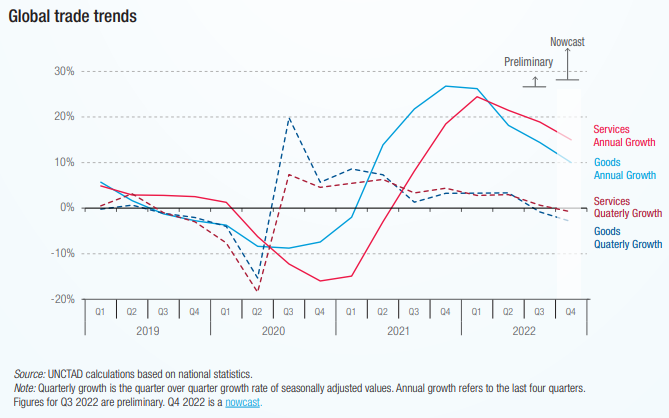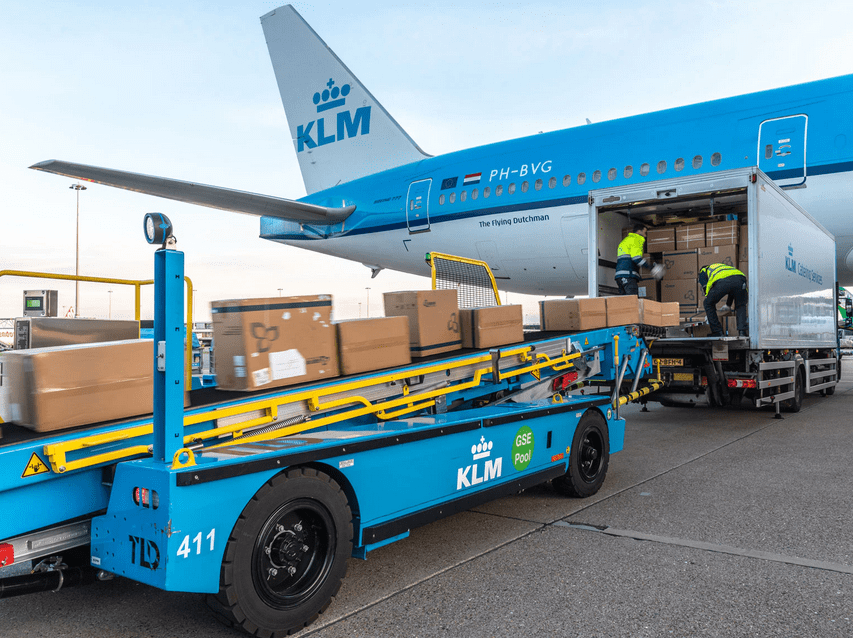Although the outlook for world trade remains uncertain, negative factors appear to outweigh positive trends, according to the United Nations Conference on Trade and Development (UNCTAD).
World trade

Negative factors:
Slower economic growth.
Economic growth forecasts for 2023 are being revised downward due to high energy prices, rising interest rates, sustained inflation in many economies, and negative global economic effects from the war in Ukraine.
High prices for traded goods.
Persistently high energy prices and the continued rise in prices of intermediate inputs and consumer goods are expected to dampen import demand and lead to a decline in the volume of international trade.
Concerns about debt sustainability.
Record levels of global debt and rising interest rates raise significant concerns about debt sustainability. The current tightening of financial conditions is expected to further increase pressure on highly indebted governments, amplifying vulnerabilities and negatively affecting investment and international trade flows.
Positive factors in world trade:
Improvements in global trade logistics.
Ports and shipping lines have already adapted to the challenges posed by the Covid-19 pandemic. New vessels are entering service and port congestion is being resolved. New vessels are coming into service and port congestion is being resolved. Freight and cargo rates remain above pre-pandemic averages, but are trending downward.
Trade agreements are coming to fruition Recently signed agreements, such as the Regional Comprehensive Economic Partnership and the African Continental Free Trade Area, as well as a number of smaller trade agreements, should come to fruition and provide some impetus to international trade.
Other factors affecting international trade patterns:
Reconfiguring global supply chains Risks and uncertainty remain high for global supply chain operations. Risk mitigation strategies, such as supplier diversification, offshoring, proximate offshoring, and friendly offshoring, will likely affect international trade patterns in the coming year.
Transition to a greener global economy Efforts toward a greener global economy are expected to stimulate demand for environmentally sustainable products while reducing demand for carbon-intensive goods and fossil fuel energy. This change will be reflected in international trade patterns.
World trade will reach an all-time high of $32 trillion in 2022, according to UNCTAD’s projections.
Its estimate sees trade in goods totaling $25 trillion (+10% year-on-year) and trade in services totaling nearly $7 trillion (+15%).
![]()

